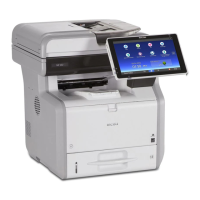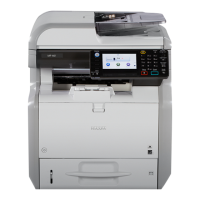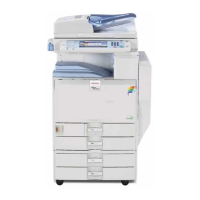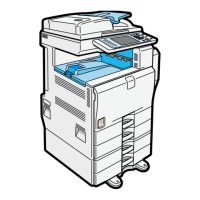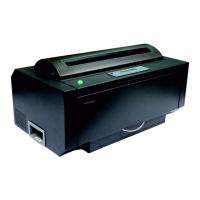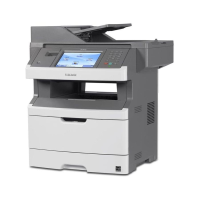Authentication Information Stored in the Address Book
61
5
Authentication Information Stored in the
Address Book
The authentication information (user name and password) for SMTP authenti-
cation, folder authentication, and LDAP authentication can be made the same as
the login authentication information for user authentication management.
If you do not want to make the authentication information the same as the login
information for user authentication management, see General Settings Guide.
Preparation
For details about logging on using administrator authentication, see p.75
“Logging on Using Administrator Authentication”.
For details about logging off with administrator authentication, see p.76
“Logging off Using Administrator Authentication”.
You need to register a user in the address book. For details about the address
book, see General Settings Guide.
Specifying Authentication Information to Log on
A
AA
A
Press the {
{{
{User Tools/Counter}
}}
} key.
B
BB
B
Press [System Settings].
C
CC
C
Press [Administrator Tools].
D
DD
D
Press [Address Book Management].
If the setting to be specified does not appear, press [T
TT
TNext].
E
EE
E
Select the user or group.
F
FF
F
Press [Auth. Info].
G
GG
G
Select [Use Auth. Info at Login] in “SMTP Authentication”.
If the setting to be specified does not appear, press [T
TT
TNext].
Limitation
❒
When using
[Use Auth. Info at Login]
for “SMTP Authentication”, “Folder Au-
thentication”, or “LDAP Authentication”, a user name other than “other”
or “HIDE***” must be specified. The symbol “***” represents any character.
❒ To use [Use Auth. Info at Login] for SMTP authentication, a login password
up to 64 characters in length must be specified.
Note
❒ For folder authentication, select [Use Auth. Info at Login] in “Folder Authen-
tication”.
❒ For LDAP authentication, select [Use Auth. Info at Login] in “LDAP Authen-
tication”.
MarC25_EN_SecRef_F_FM.book Page 61 Monday, August 2, 2004 6:14 PM
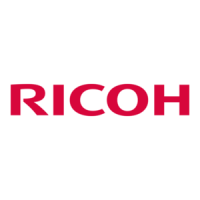
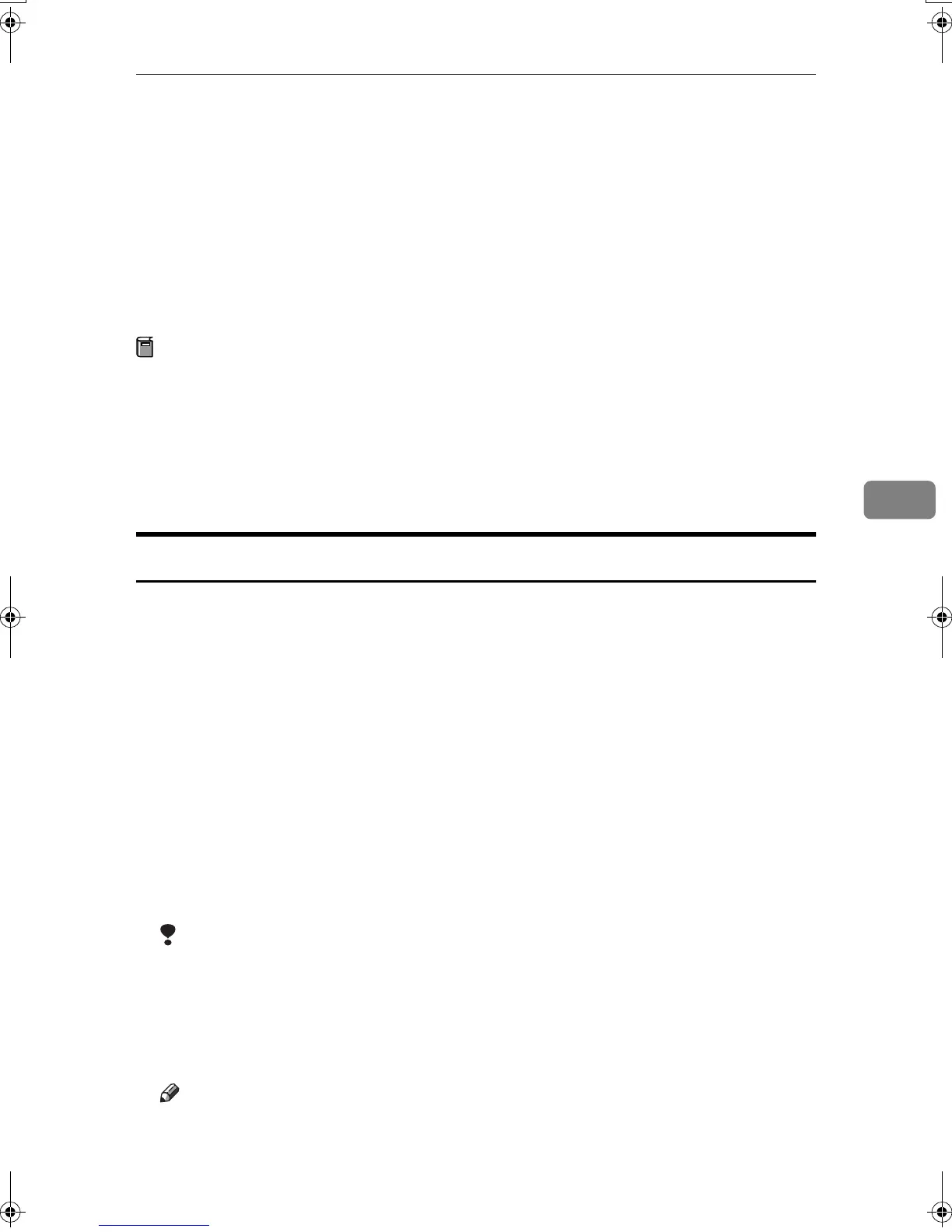